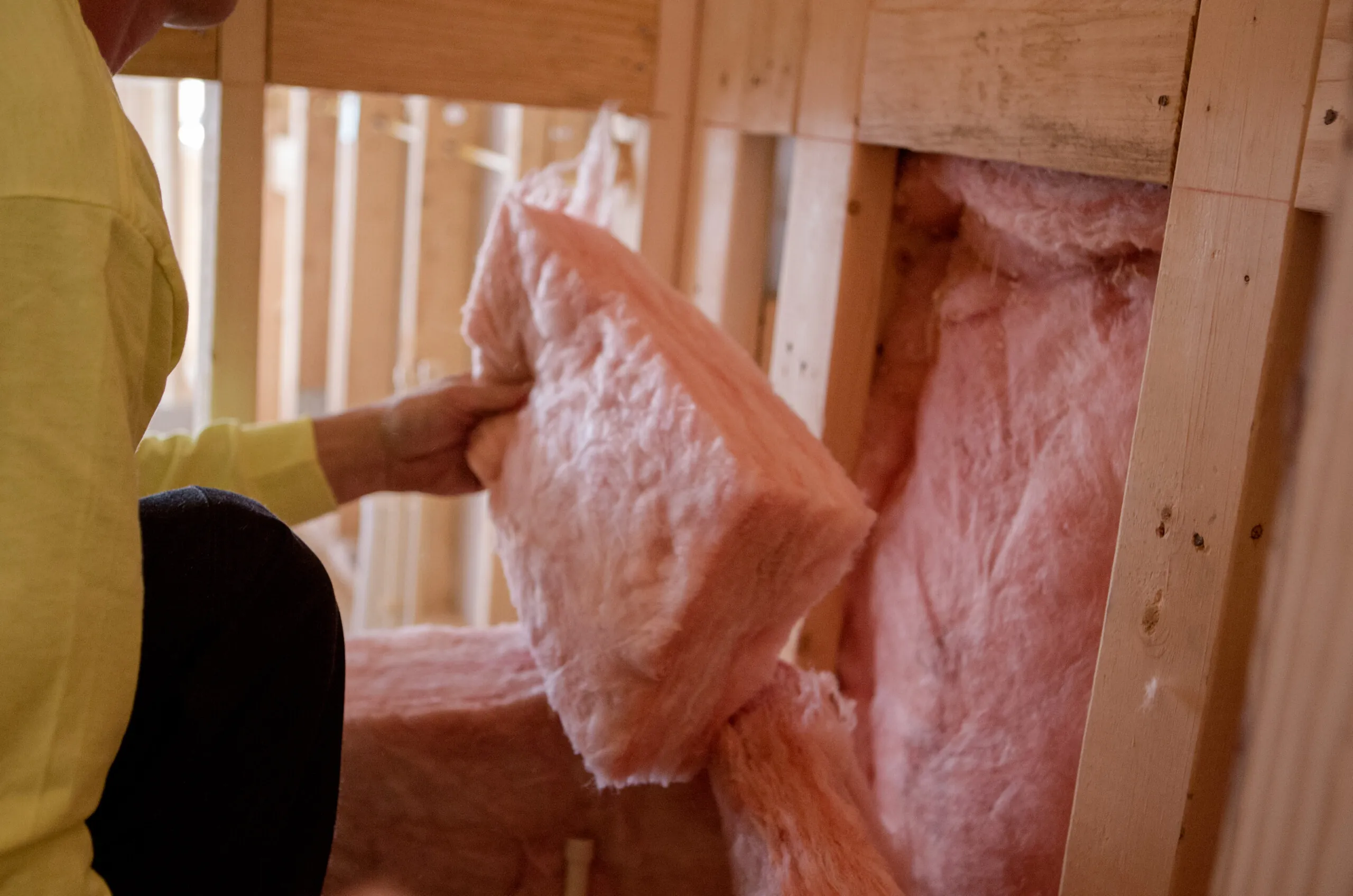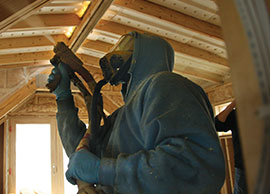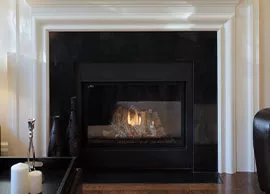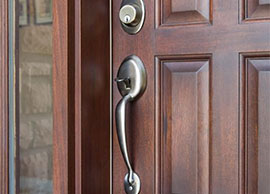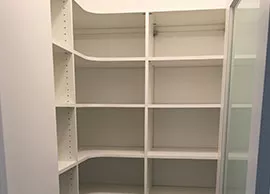Fireplaces and You
It’s a cozy winter night, so you make a mug of hot cocoa and curl up on the sofa. What completes this picture? The warm glow of a softly burning fire in your home fireplace. Adding a new fireplace to your house or modifying an existing one is a wonderful home project with many important decisions to make along the way.
One key factor in selecting the right fireplace for your home is what fuel source your fireplace should use. Gas and wood-burning fireplaces are increasingly popular options, but which is the best fit for you?
To make this choice, let’s review the role a fireplace will play in your home, the benefits of gas and wood-burning models and the impact of lifestyle, efficiency and personal preferences on your perfect fireplace selection.
Does Your Home Need a Fireplace?
The two main reasons people want a fireplace in their home are functionality and ambiance. A fireplace’s function is simple: It produces heat. It supplements the broader heating system you already have installed in your home. Getting one comes with a set of practical considerations like safety, convenience, installation, maintenance and the project’s overall cost.
Ambiance, while harder to define, is often no less important. What kind of feeling do you want the fireplace to contribute to your home, and how will the customization options, cleaning routine and sensory experience of any given fireplace meet those wants and needs?
Also worth considering is your unit’s environmental impact and how the installation of a fireplace will impact your home’s resale value.
Benefits of a Gas-Burning Fireplace
A gas-burning fireplace’s greatest strength is its convenience, from maintenance to cleaning. Here’s a fuller breakdown of considerations:
- Convenience: These fireplaces don’t require complex prep time to use and are often operable via remote control.
- Customization: While there are plenty of flexible options for both gas and wood-burning fireplaces, gas offers a slightly wider array.
- Environmental impact: These units release fewer pollutants. However, unlike wood, gas is not a renewable resource.
- Cost: This can vary depending on where you live. While these units are more costly in some respects, they may balance out if you live in an area without ready access to firewood.
- Safety: Both units have important safety considerations. Potential problems that could arise from a gas-burning fireplace, like carbon monoxide or a gas leak, are rare and simple to prevent through regular annual inspections.
Benefits of a Wood-Burning Fireplace
There is no match for the charm of crackling firewood in a well-tended hearth. While this might make wood fireplaces a clear winner for those seeking ambiance, there are plenty of other benefits to this classic:
- Cost: If you have ready access to firewood, a wood-burning fireplace may be a more affordable option.
- Convenience: These involve more setup as you prepare your fire. However, for many people, the effort of building and tending to a fire is part of the rich experience they want in a home fireplace.
- Safety: There is a different level of active participation from the user, but a wood fire is perfectly safe with proper supervision.
- Maintenance: Ash removal and annual inspections are the main maintenance considerations for these units.
- Environmental impact: Wood is renewable, though burning it releases more CO2.
Finding the Right Fireplace for Your Home
Whether you’re better served by a clean, convenient gas fireplace or the earthy beauty of an affordable wood-burning one, there are plenty of options available to suit the needs of your personality, home and budget.
Rather than accepting a one-size solution that might not fit your needs, we recommend some research and even soul-searching as you decide how you want your winters to look and feel.
Learning independently or consulting with local experts is an exciting part of your journey to a cozier home. Contact Therm-Con to learn more.


